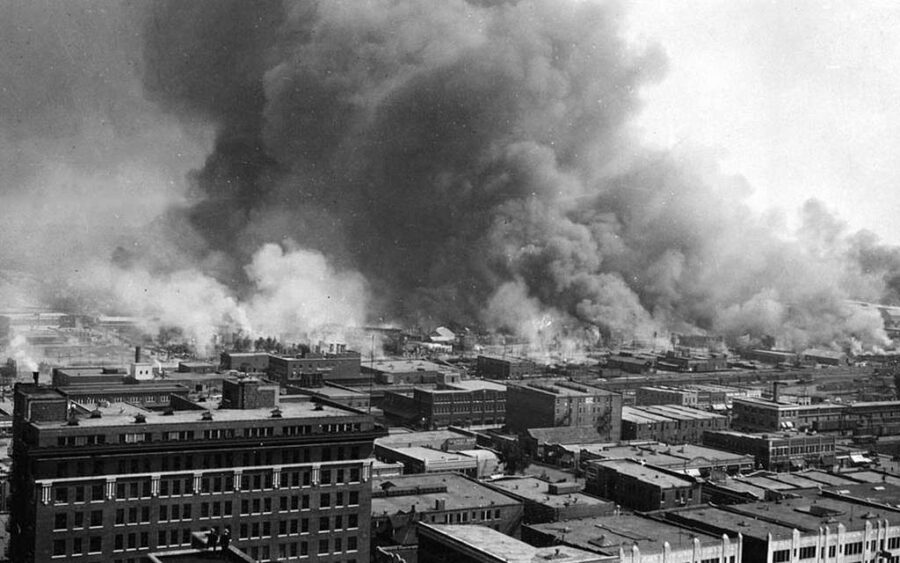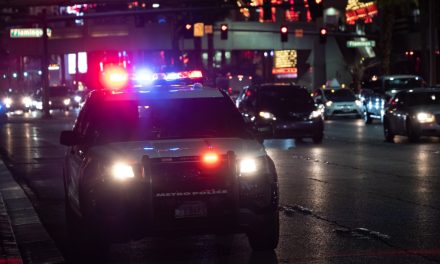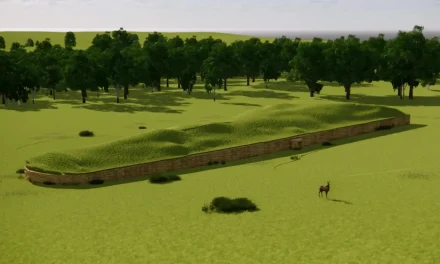A World War I veteran, who was a victim of the 1921 Tulsa Race Massacre, has been identified through DNA genealogy. The remains were discovered during an archaeological dig at Oaklawn Cemetery, Tulsa officials confirmed.
Mayor G.T. Bynum revealed the identity of the victim as C.L. Daniel during a news conference, noting that Daniel’s family was unaware of his burial location for over a century. Daniel was identified using data from GEDmatch and Family Tree DNA, with support from Intermountain Forensics, a laboratory specializing in genealogy.
Background on the Tulsa Race Massacre
The Tulsa Race Massacre was a tragic and violent event that occurred over May 31 and June 1, 1921, in the Greenwood District of Tulsa, Oklahoma. Greenwood, known as “Black Wall Street,” was a thriving African American community with businesses, schools, and cultural institutions. Tensions escalated following an incident involving a young Black man and a white woman, leading to a confrontation between Black and white residents.
A white mob attacked Greenwood, burning homes and businesses, and killing many residents. Estimates of the death toll vary, but hundreds of African Americans were killed, and thousands were left homeless. The massacre left a lasting scar on the community, and efforts to uncover the full extent of the devastation and identify the victims continue to this day.
The dig is part of the 1921 Graves Investigation, aiming to identify unknown victims of the 1921 Tulsa Race Massacre. Genealogy case manager Alison Wilde explained the process involved comparing DNA profiles in family tree databases, which significantly contributed to the research.
Individuals with matching DNA relatives were contacted to determine who was buried at Oaklawn Cemetery. C.L. Daniel, born in Newnan, Georgia, was one of seven sons of Thomas and Amanda Merriweather. Wilde emphasized the importance of additional DNA comparisons and records from the National Archives, which included a letter from the family attorney to the US Veterans Administration regarding Daniel’s survivor benefits.
Records show Daniel was drafted into the US Army in 1918, stationed at Camp Gordon, and honorably discharged in December 1919. Another letter, written by Daniel in February 1921, indicated he was in Ogden, Utah, trying to return to his mother in Georgia. Officials assume he passed through Tulsa during his journey, where his remains were eventually found.
The exact circumstances of Daniel’s death remain unknown, with no signs of gunshot wounds on his remains. Mayor Bynum expressed hope that this identification could lead to more discoveries of unknown victims in similar circumstances.
The next steps for organizing Daniel’s proper burial will depend on the wishes of his next of kin. Bynum highlighted the ongoing commitment to continue the search and identification of other victims, reinforced by the documentation that 18 unidentified victims were buried. This identification underscores the importance of continued efforts to bring closure to the families affected by the 1921 Tulsa Race Massacre.




